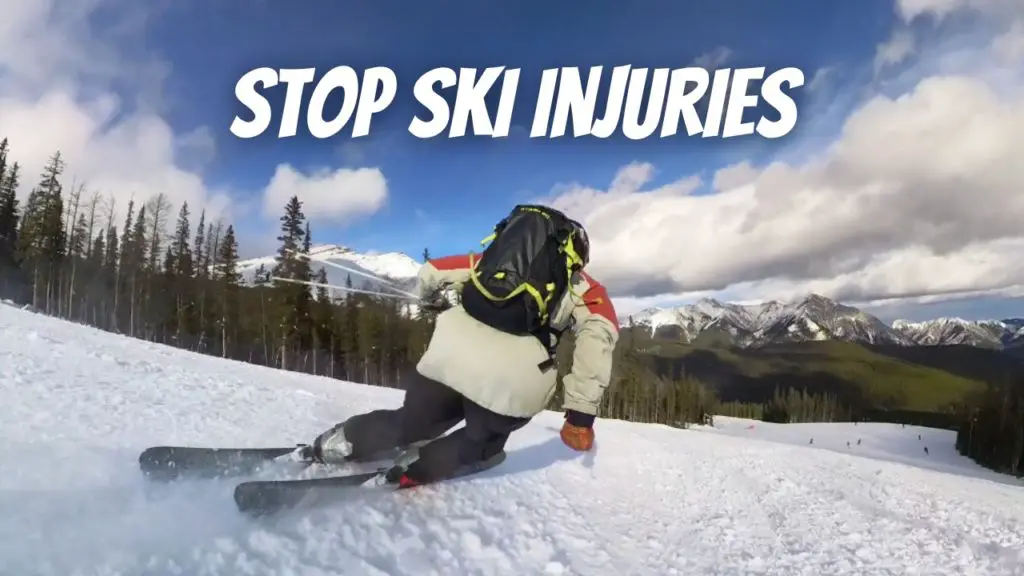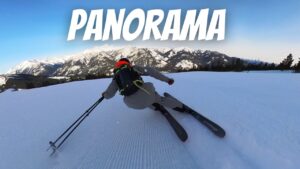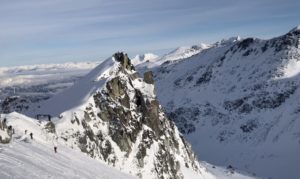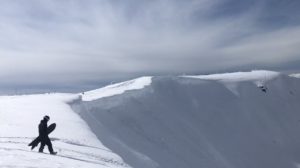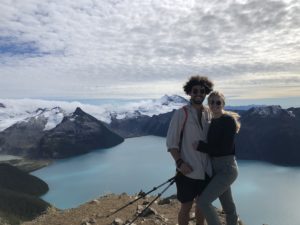As an obsessed skier and snowboarder, nothing is worse than being sidelined due to an injury and having to watch your best buddies enjoy the season’s biggest storms. My journey to pain-free skiing and preventing injury involved not only practical on-snow practices but also off-snow routines. So what’s the secret sauce to preventing ski and snowboard injuries and staying pain-free?
Let’s break it down!
Table of Contents
Ski Injury Prevention Off-The-Snow
Your lifestyle and how you treat your body off the snow have a direct reflection on your skiing performance, recovery, and injury prevention. As a skier aiming to stay injury-free, focusing on what I call “The Big Four” is absolutely fundamental. Once you dial in your lifestyle, everything in life gets better. The big four consist of movement, nutrition, sleep & strength.
Movement
Mobility is the linchpin of pain-free skiing. When I battled knee pain, embracing constant movement was my knight in shining armor. Finding small ways to move more throughout the day is crucial, especially for office workers. I always challenge myself to do 10 deep squats & arm circles every 30 minutes when I’m working at my office chair.
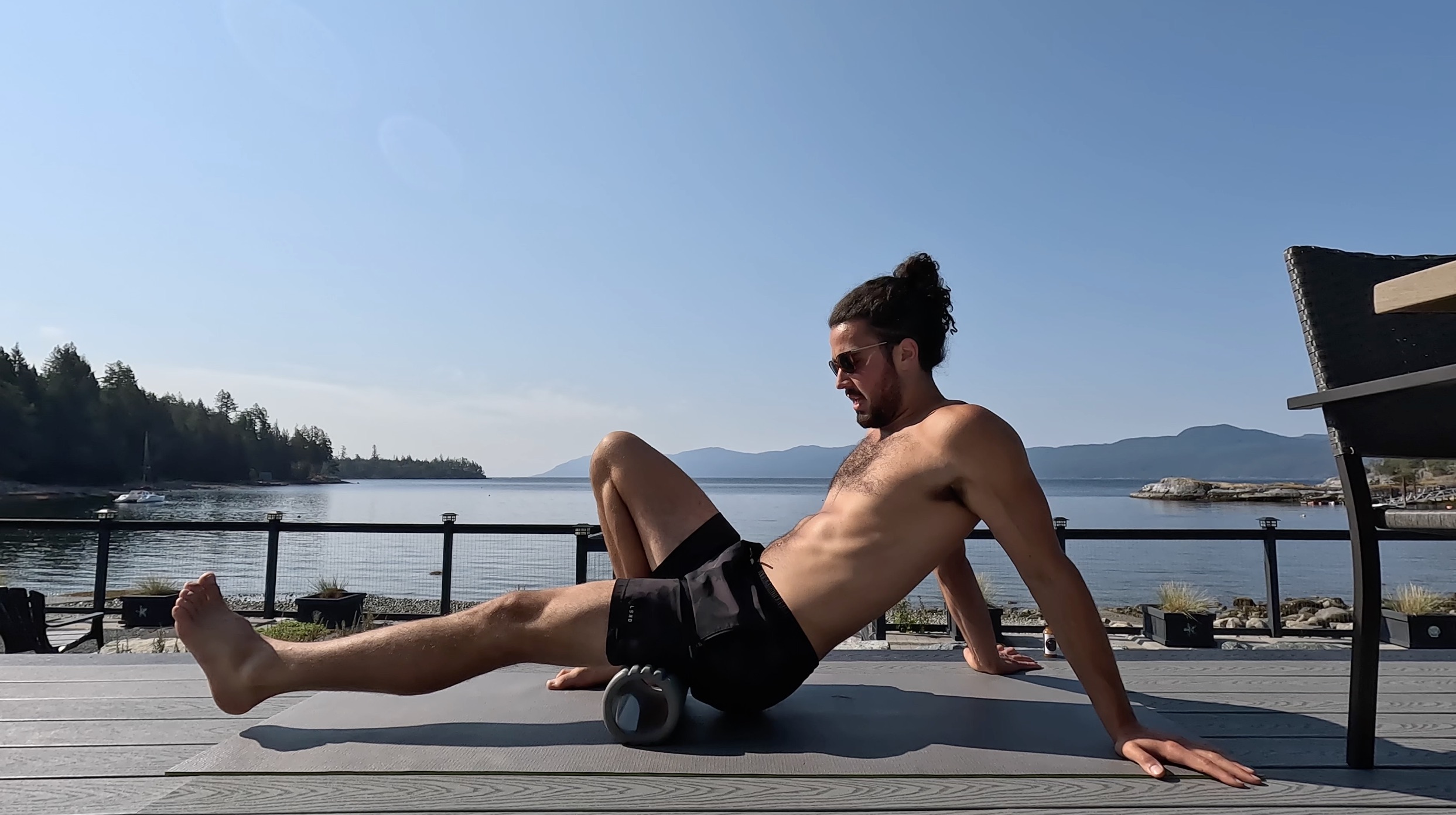
Nutrition
Food is our fuel, especially during big missions in the mountains. But beyond ski days, a balanced diet rich in nutrients will support your overall health, aid recovery, and boost performance. I’m not telling you to go on some stupid diet, but try and mix in a few extra greens and reduce processed foods and sugars.
Sleep
Quality sleep is where skiing recovery magic happens. Aim for consistency in your sleep schedule to ensure your body’s healing and restoration.
Strength
Regular workouts focusing on compound movements, core, mobility, and stability will help fortify all the muscles required for sending it on the ski hill.
I’ve got a complete strength and mobility workout routine I follow for my knees that I’d recommend you try. It completely resolved years of my knee pain and you can follow along for free on the blog or my YouTube Channel.
Another golden nugget of the internet is this video from Mark Goodman called 12-minute foundation training. If you struggle with low back pain, do this for a few weeks, it’s pure magic.
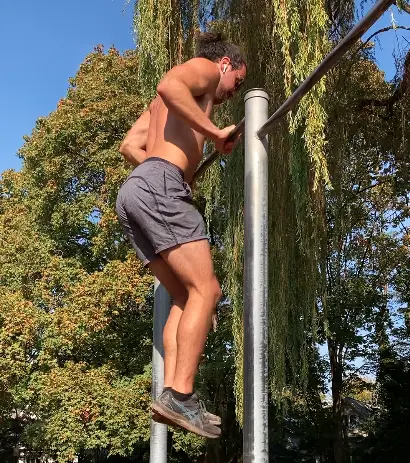
Rest Days
Don’t forget to mix in rest days during the ski season. For weekend warriors you automatically have to rest 5 days a week, those are the worst 5 days, but you muscles and joints thank you. For us lucky few that get to ski whenever, make sure to take rest days. Overuse can cause injuries and it’s important for your body to recover from super hard days on snow.
The Secret to Off-Snow Ski Injury Prevention
The secret is to embrace these practices year-round and stay consistent. Building and maintaining a bulletproof skiing foundation is going to help you be your best in all aspects of life.
Ski Injury Prevention On-The-Snow
Warm-Ups
We wouldn’t walk into the gym and squat our 1-rep max first set, but almost all skiers will hop on a chairlift and ski full throttle their first lap on a powder day. Of course, you can’t let that first lap go to waste. Here are a few simple ways to warm up before you start sending it downhill on skis.
If it’s not a powder day, I always recommend doing a chill lap with some tight turns and bumps to get the blood flowing. It also works great to run uphill in your ski boots and climb back down. The key is to get some blood flowing before you start charging. Do not static stretch before skiing, especially not in the cold, this should be saved for after your ski day beside your fireplace.
If it’s a powder day, do not give up your first tracks for a warm-up lap, that’s ridiculous, you have to charge right away. Instead, when you’re waiting in the lift line in the morning, bang out some squats in your ski boots, do some standing hip circles where you bring your knees up to your chest around and down. Just basically get moving in line. I know it might look goofy moving around so much but you want your body to be primed before you punch full force through powder.
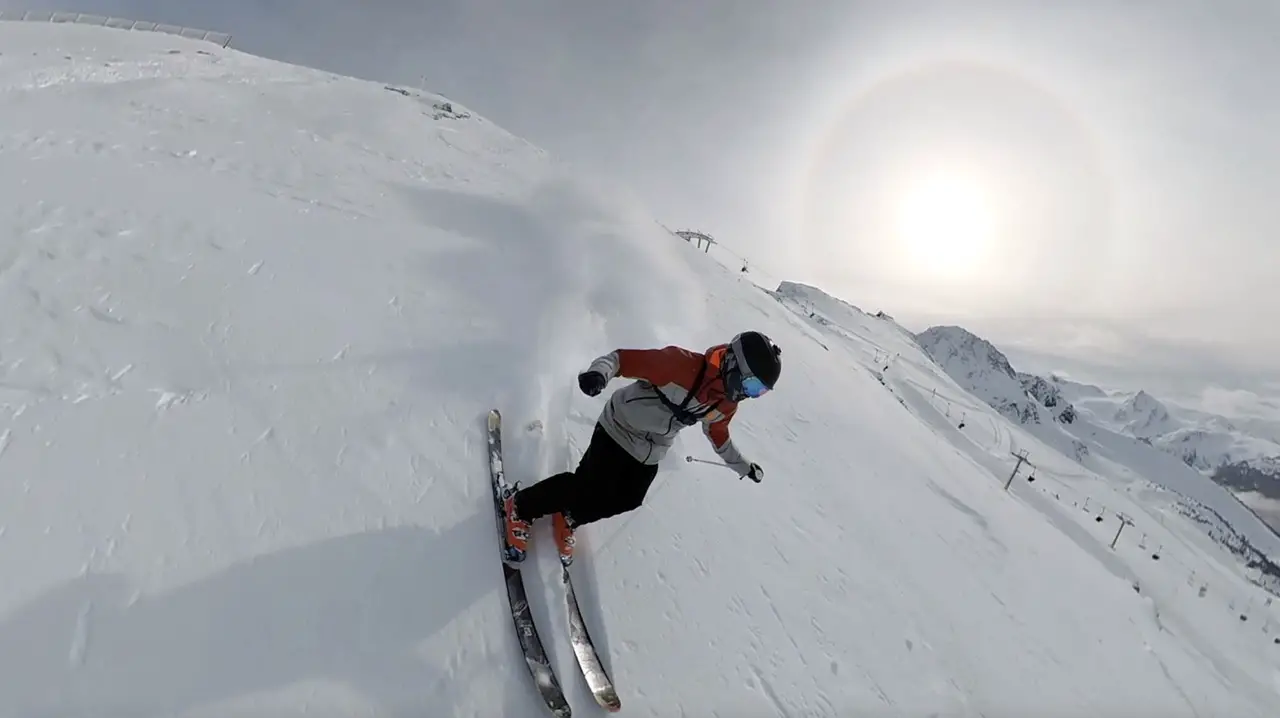
Know Your Limits
One of the biggest reasons ski injuries happen is because people ski beyond their ability level. Understanding your ability level and how much you can push yourself is crucial for safety. Don’t try and be a hero out there, everyone learns at their own pace. Gradually challenge yourself all while staying within your comfort and skill Range.
Know the Conditions
Jumping off cliffs onto bulletproof ice feels like landing on cement. You always need to ski to the conditions. On days that are icier, don’t let it fly as hard, when things soften up, you can start sending it. Jumps, drops, and bumps on hard icy days are an absolute killer on the joints. During my first ski run, I can usually get a gauge of how the snow is and how hard I’ll be able to charge any given day.
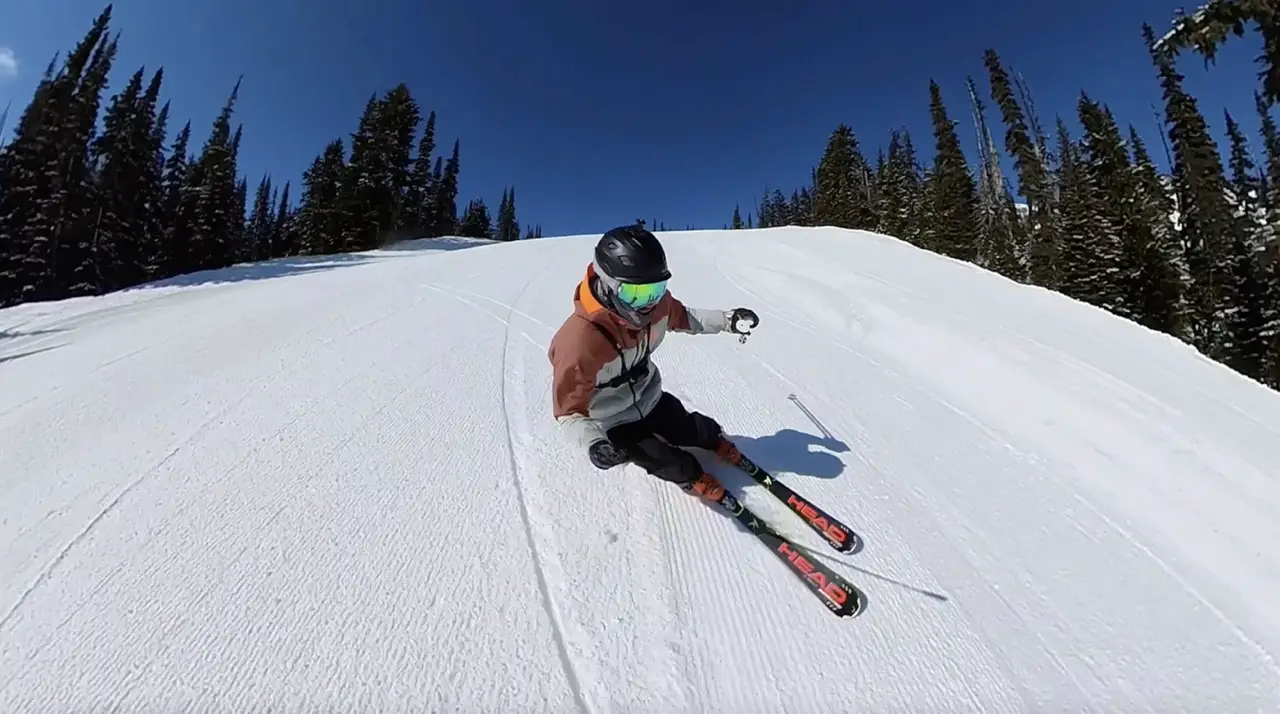
Staying Hydrated
I’m the worst at this. It’s cold out and I never want to drink fluids, minus beers. However, staying hydrated is absolutely vital for your body to perform its best while skiing. If you get dehydrated you will actually feel colder and your body will be more prone to injury. Water is heavy and sucks to carry around, so if you’re not in the backcountry I’d just recommend grabbing a free glass in the lodge halfway through the day. I also force myself to drink about a litre of water before every ski day so water is primed in my body.
Safety Equipment
Skiing is dangerous, but that can’t stop you. It’s the best sport in the world. Thankfully there are some amazing safety technologies that can help keep us safer and less prone to injuries on the snow. The first is a helmet. Always wear a helmet. Your brain is your most important asset and big wipeouts always involve your noggin. If you’re looking to buy a helmet, don’t buy something used or cheap. It’s worth it to get quality. I’ve created a guide on my favorite ski helmets if you want to check it out.
The next most important piece of safety equipment to dial in are your ski bindings. Your ski bindings are designed to release you from your skis so your knees don’t explode. Don’t just crank them up because you think it’s cool. If you’re setting them yourself, understand how the DIN system works and find a release setting on the toe and heel that works right for your weight, style, and boot sole length.
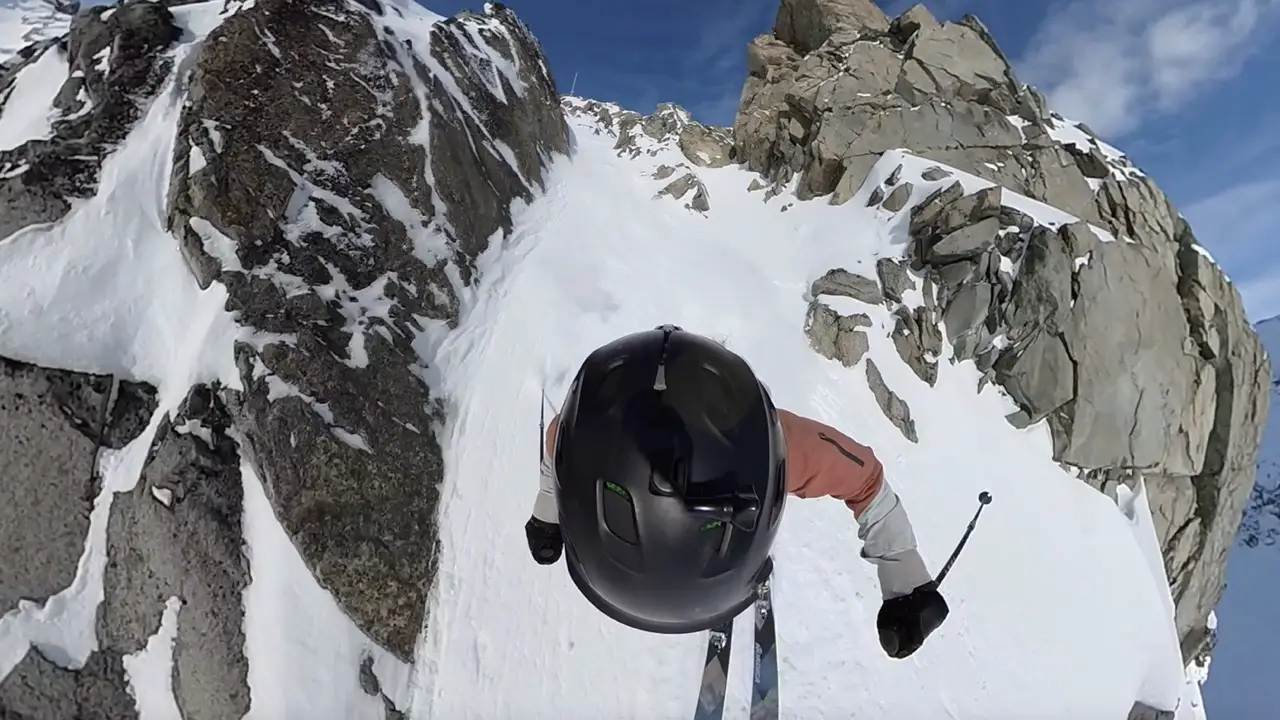
Ski Injuries Happen
No matter how hard you train or how healthy you are, skiing is dangerous and injuries happen. Don’t beat yourself up about a dumb decision or wipeout. Thankfully, our bodies are masters at recovering and getting us back to skiing in no time.
Have Fun
At the end of the day, the reason we need to embrace all of these practices and stay consistent is so we can have more fun. The more we ski, the more fun we have. Nothing in the world beats the feeling of skiing powder and with these secrets, I hope you can continue to charge down the ski hill until you can’t walk at all anymore.
Stay safe & have a ball!

